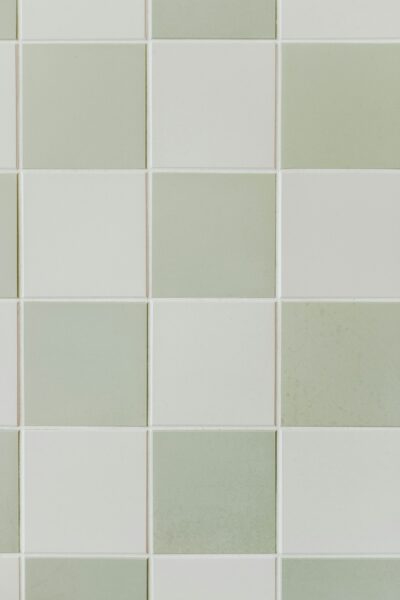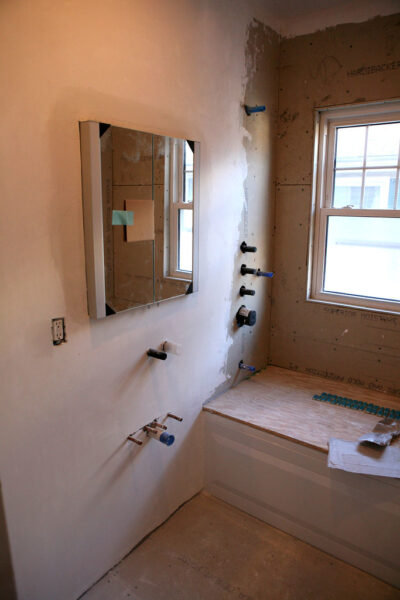When it comes to tiling your floor, the underlayment you choose can make or break your project. Cement boards, like Wonderboard, Hardibacker, or Durock, provide the perfect foundation for tiles, ensuring stability and durability. But a question that often arises is whether to use 1/4” or 1/2” cement board. Let’s break it down so you can make the right choice for your home.

Cement boards play a critical role in tile installations by creating a stable, moisture-resistant surface for tiles to adhere to. Available in two common thicknesses—1/4” and 1/2”—this material prevents the tile from cracking due to subfloor movement or moisture expansion. An overview of cement boards and their uses can be found in this comprehensive guide.
While both thicknesses are widely used, their applications differ based on the project specifics. For floors, the decision depends on your subfloor’s stability and structural load-bearing capacity.
The thinner, 1/4” cement board is often the go-to choice for most floor tile installations. Here's why:
Keep in mind that even with a sturdy subfloor, a layer of thinset mortar underneath the cement board is a must. This ensures the cement board is “locked in” without voids, preventing shifting or cracking over time.

The thicker, 1/2” cement board is preferred in certain scenarios. Here’s when it’s necessary:
However, it's crucial to note that cement board does not increase subfloor stiffness. If your existing subfloor has too much flex or bounce, you’ll need to address that first—either by reinforcing the joists or upgrading the subfloor material itself.
Regardless of the thickness you choose, proper installation is key to the longevity of your tile floor. Here’s what not to do:
| Thickness | Best For | Key Considerations |
|---|---|---|
| 1/4” Cement Board | Floor tile installations with stable subfloors | Lightweight, easy to work with; minimal height increase |
| 1/2” Cement Board | High-traffic, load-bearing areas; walls and countertops | Offers added stability but does not enhance subfloor stiffness |
Using the right thickness of cement board can mean the difference between a floor that lasts for decades and one that needs premature repairs. Whether you’re working on your dream home or helping clients achieve theirs, follow these tips to ensure a smooth, professional-grade installation. For a comprehensive solution to create a waterproof base, consider K-Board Waterproof Backer Board Sheets.
What’s been your experience with installing cement board? Share your tips or challenges in the comments below—we’d love to hear your insights!
XFasten-Fiberglass-Waterproofing-Anti-Fracture-Membrane/dp/B07BPH1Y3N
K-Board-Waterproof-Backer-Board-Sheets/dp/B0CG2GR473
We hope this guide helps you confidently choose between 1/4” and 1/2” cement board for your next tiling project. Whether you're revamping your bathroom or updating your kitchen floors, making the right choice can lead to a beautiful, long-lasting result. We'd love to see how your projects turn out, so don't hesitate to connect with us on Pinterest for more inspirational ideas. If you're on the go and want a sneak peek into the latest home design trends, follow us on Instagram and X. Also, join our community of fellow DIY enthusiasts on Facebook where you can share your own experiences and get advice from others. Stay inspired and happy tiling!
For flooring applications, a 1/4" thick cement board is typically recommended. Remember that adding cement board and tile or stone to a floor will increase its height. Generally, a 1/2" cement board is more suitable for wall tile installations.
Yes, a 1/4" USG Durock® cement board is an excellent foundation for ceramic tile installations on floors and countertops. Its thinner profile helps reduce the need for transition strips between different flooring types, such as carpet or wood, and ensures a smoother alignment with various finish materials.
While a 1/4 inch cement board is serviceable, using a 1/2 inch board generally offers better durability and enhanced performance for floor projects.
Durock Cement Board, manufactured by USG, is renowned for its strength and resistance to moisture, making it suitable for both wet and dry environments. Easy to cut and install, it is a preferred choice for tiling in bathrooms and kitchens.
